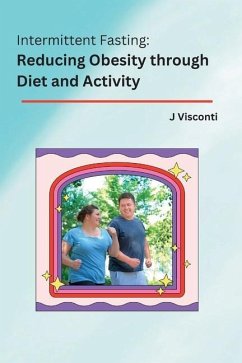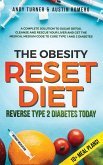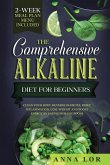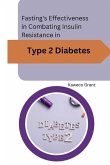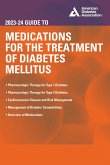Throughout billions of years, organisms have undergone evolutionary pressures to channel the limited environmental energy around them into creating homeostatic gradients that define the boundaries of life and death. Life is characterized by energy existing in a state of balanced equilibrium, while death unfortunately signifies a state of equilibrium with the surrounding environment. In nature, usable organic energy is rarely abundant, leading to genetically and environmentally fine-tuned life strategies that extract every morsel of energy from any available carbon source, even in the absence of the preferred food supply. However, recent technological advancements have resulted in artificial energy-rich environments, causing humans to possess ill-adapted phenotypes that struggle to regulate metabolic reactions properly. This has led to the ongoing global epidemic of obesity (Mazer et al., 2019; Hill, 1998). For the first time in centuries, the upward trend in human longevity worldwide is expected to stagnate, with obesity being a primary factor that was relatively rare before this century. Importantly, the majority of obesity cases in humans are not caused by mutational flaws (Locke et al., 2015) leading to mindless eating, but rather by thrifty strategies conserved over millions of years due to competition for energy with other organisms (Minster et al., 2016; Upadhyay et al., 2017). A significant aspect of these adaptations involves the allocation of energy for physical activity (Blundell, 2000). Usable energy forms available to living organisms are severely limited in most environments. Therefore, animals with optimal traits for efficiently utilizing precious fuel sources not only have improved chances of survival but also increased reproductive capabilities, contributing to population size. These aspects of life history theory are particularly relevant to humans (Kaplan et al., 2000). Maintaining an organism's energy balance through feast-famine cycles or low food availability is crucial for reproductive success, as reviewed in Genné-Bacon (2014). Consequently, organisms possess complex energy systems that are typically adapted to handling low levels of usable energy to prevent starvation, rather than coping with the negative consequences of abundant energy sources, as illustrated by the prevalence of obesity in both humans and obese laboratory rodent models.

